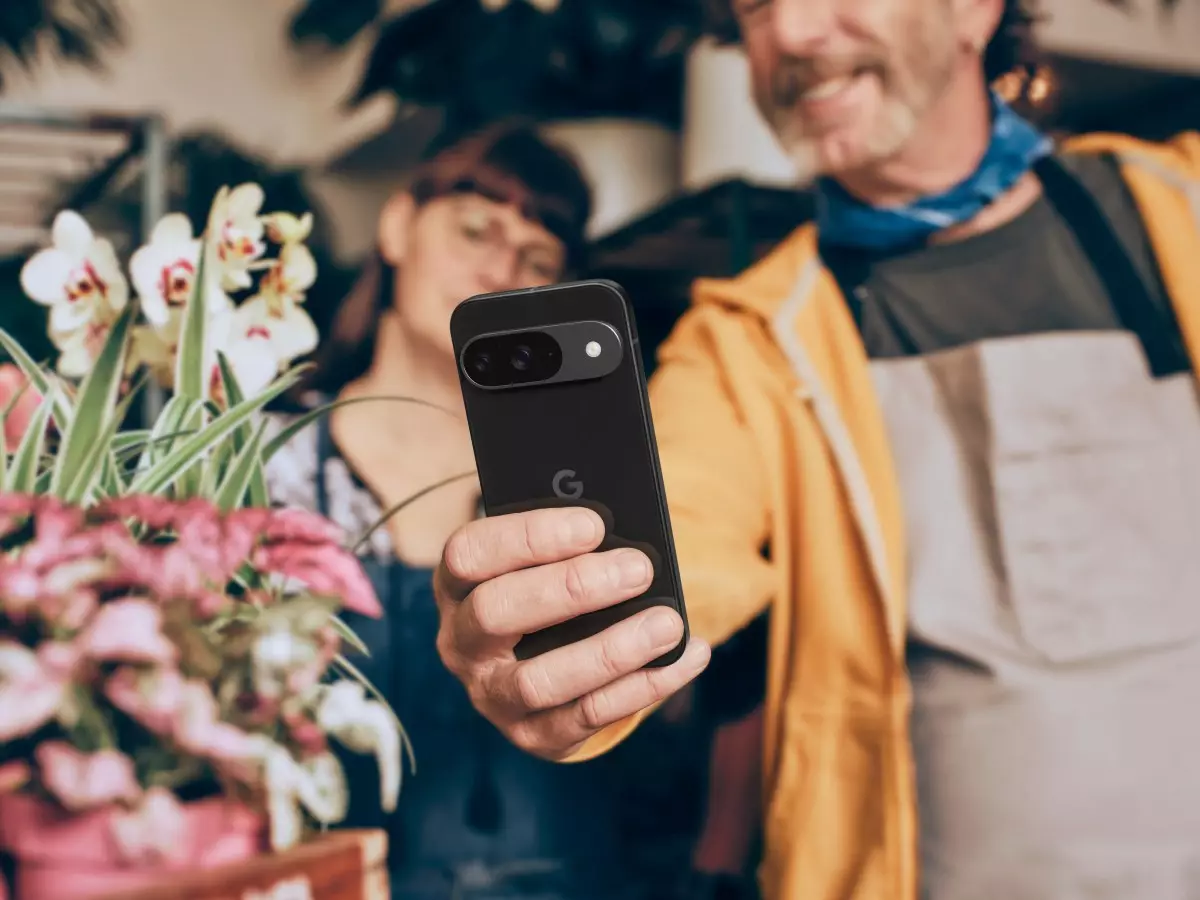In a significant step toward greater transparency in digital image editing, Google has announced the implementation of a digital watermark in images altered by generative artificial intelligence (AI). This new feature will be rolled out this week within the Google Photos application, focusing primarily on edits made with the Reimagine function of the Magic Editor available on Pixel 9 devices. This announcement underscores Google’s commitment to addressing increasing public concerns regarding the authenticity of images in our digital landscape.
The Reimagine feature, unveiled in 2024, employs generative AI technology to enable users to significantly alter their photos. While traditional editing focuses on minor tweaks, Reimagine allows for profound changes that can blur the lines between photographs captured by a camera and those that are entirely AI-generated. This capability has raised alarms among digital advocates who stress the need for robust methods to distinguish between edited images and those that originate purely from AI.
The Role of Digital Watermarking
To combat potential misinformation and lend credibility to digital images, Google’s new watermarking process will be vital. This digital watermarking technology, designated as SynthID, was developed by Google’s DeepMind team. SynthID can embed a digital identifier into images without altering the actual photo, preserving its integrity while providing a mechanism for identifying AI-generated modifications. This strategic move aims to reassure users and viewers alike, reinforcing the idea that transparency in digital media is paramount.
As gaping issues surrounding misinformation and deepfakes worry content creators and consumers alike, digital watermarking is often heralded as a solution. The integration of SynthID into Google Photos serves this purpose by marking the modified images and allowing users to check for such identifiers through the ‘About this Image’ feature, where they can access metadata linked to the images.
Limitations and Challenges Ahead
Despite the promise of this new feature, there are limitations. Not every edit made through Reimagine will trigger the watermark. Google has acknowledged that minor modifications, such as altering the color of a small object in the background, may fall below the watermark’s detection threshold. This introduces a layer of complexity in how users and viewers understand the authenticity of images, highlighting the ongoing challenge of balancing creativity with ethical standards in digital content.
Moreover, while this initiative represents a step toward greater accountability in digital editing, there is still a long way to go. The effectiveness of digital watermarking as a universally understood and respected measure remains to be fully assessed. As technology continues to evolve, ensuring that consumers have the tools to differentiate between authentic and altered images will be crucial.
Google’s deployment of digital watermarking reflects an increasingly important dialogue about the implications of AI in creative fields. By integrating SynthID into its services, the tech giant is not only aiming to enhance user experience but also striving to build trust in digital imagery. As generative AI continues to capture the imagination, embracing transparency may very well become a cornerstone of ethical digital practice, paving the way for a future where authenticity prevails in an art form that is under constant evolution.

